Key Takeaways
- Always tailor your Family Disaster Preparedness Plan to local risks.
- Practice drills regularly to ensure family readiness.
- Include children in the planning process.
- Maintain both physical and digital copies of your plan.
- Never assume help will arrive immediately.
Introduction: A Wake-Up Call for Every Family
Picture this: A family of four is enjoying a peaceful dinner, sharing stories, and laughing together. Suddenly, the ground shakes violently—it’s a powerful earthquake. The family panics, unsure of what to do next. They can’t locate their emergency supplies, they have no communication plan, and chaos takes over. This frightening scenario is a reality for many families who aren’t prepared for disasters.
When emergencies strike, every second counts. Without a solid plan, confusion and fear can put your loved ones at risk. A well-thought-out Family Disaster Preparedness Plan can make all the difference. It helps you stay organized, calm, and ready to act, even in the most challenging situations.
In this guide, we’ll explore common mistakes families make when planning for disasters and provide practical solutions to help you protect what matters most—your family. Let’s get started and ensure you’re ready for anything life throws your way.
What Is a Family Disaster Preparedness Plan?
A Family Disaster Preparedness Plan is a simple but essential guide that helps families stay safe and organized during emergencies. It outlines clear steps and strategies to follow when disasters like hurricanes, earthquakes, wildfires, or floods strike. This plan includes everything from evacuation routes to communication methods, emergency supply checklists, and recovery steps to get back to normal life afterward.
Having a plan in place ensures everyone in your family knows what to do, where to go, and how to stay safe. It’s not just about surviving—it’s about being ready to protect your loved ones when every second counts.
As emergency expert John Leach once said, “Preparation through education is less costly than learning through tragedy.” A Family Disaster Preparedness Plan gives you peace of mind and confidence, knowing you’re ready to face unexpected challenges together as a team.
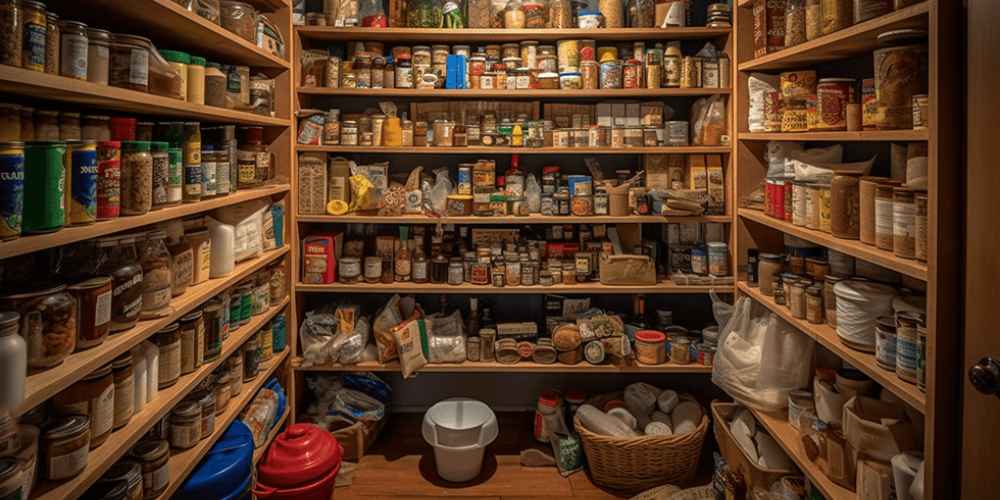
Common Mistakes Families Make (And How to Avoid Them)
Emergencies catch many families off guard, not because they are unavoidable, but because of preventable mistakes. Let’s take a closer look at the most common errors and how to avoid them effectively.
1. Failing to Start Planning Early
Disasters don’t wait for anyone, yet many families delay preparing, thinking they’ll handle it when the time comes. This hesitation can lead to panic, confusion, and life-threatening situations. According to the Federal Emergency Management Agency (FEMA), nearly 60% of Americans have not practiced or discussed an emergency plan with their families.
Why This Happens:
Families often underestimate the time and effort required to prepare. They assume emergencies will never happen to them or believe they’ll have enough warning to get ready.
How to Avoid It:
Start planning now. Build an emergency kit with essential items like food, water, first aid supplies, and flashlights. Discuss evacuation routes, emergency contacts, and safe meeting points with your family. Assign roles so everyone knows their responsibilities during a crisis.
Table: Must-Have Items for an Emergency Kit
| Item | Recommended Quantity | Why It’s Important |
| Drinking Water | 1 gallon per person/day (3 days) | Essential for hydration |
| Non-perishable Food | Enough for 3 days | Sustains energy during emergencies |
| First Aid Kit | 1 kit | Treats injuries immediately |
| Flashlights & Batteries | 1 flashlight/person | Provides light during blackouts |
| Personal Documents | Copies of IDs, insurance papers | Speeds up recovery after disaster |
Starting early ensures you have time to gather supplies, practice your plan, and address any gaps.
2. Ignoring Local Hazards
Many families create a general disaster plan but fail to account for risks specific to their location. For example, earthquakes are a major concern in California, while hurricanes are more common in Florida and the Gulf Coast states. Ignoring these unique hazards can leave families vulnerable.
Why This Happens:
A lack of awareness about regional risks often leads to a one-size-fits-all approach to disaster planning.
How to Avoid It:
Research the most likely hazards in your area. FEMA’s Hazard Map (available online) is an excellent resource to understand regional risks. For instance:
- In earthquake-prone areas, secure heavy furniture and ensure your home meets safety codes.
- In hurricane-prone zones, reinforce windows, stockpile sandbags, and have evacuation routes ready.
- For flood-prone areas, elevate critical appliances and have a plan to move to higher ground.
Tailor your Family Disaster Preparedness Plan to address these specific risks. Regularly update your plan as your family’s needs or local conditions change.
3. Overlooking Communication Plans
During a disaster, staying in touch with family can become impossible. Cell networks are often overwhelmed or down, leaving families without a way to locate each other. The Centers for Disease Control and Prevention (CDC) highlights that over 50% of families don’t have a backup communication strategy.
Why This Happens:
Most families rely solely on cell phones, assuming they’ll always work.
How to Avoid It:
Create a solid communication plan to ensure your family can reconnect even if networks fail.
Steps to Build a Communication Plan:
- Designate a Meeting Spot: Choose a safe location where everyone can gather if separated.
- Write Down Emergency Contacts: Keep a physical list of important numbers, including family members, neighbors, and local emergency services.
- Use Backup Devices: Invest in two-way radios or satellite phones, which work even when cellular networks are down.
Pro Tip: Practice using these backup devices with your family, so everyone knows how they operate.
A strong communication plan ensures no one feels lost or panicked during a crisis. Remember, being prepared is a family effort, and staying connected is key.
4. Inadequate Emergency Kits
Many families put together emergency kits but fail to include essential items that can be lifesaving during a disaster. Forgetting crucial things like prescription medications, infant supplies, or pet essentials can lead to unnecessary complications. A survey by FEMA revealed that only 44% of Americans have emergency kits, and even fewer have complete ones.
Why This Happens:
Families often overlook specific needs or believe a generic kit is enough. Items like personal medications or supplies for infants and pets are frequently forgotten.
How to Avoid It:
Start with a detailed checklist and customize it to your family’s unique requirements. Update the kit every six months to ensure food, medications, and batteries are not expired. Don’t forget to pack enough supplies to last at least 72 hours.
Table: Comprehensive Emergency Kit Essentials
| Category | Essential Items |
| Food & Water | Non-perishable food, bottled water (1 gallon/person/day for 3 days) |
| First Aid | Bandages, antiseptic wipes, pain relievers, prescription medications |
| Tools | Flashlights, extra batteries, multi-tool, duct tape |
| Personal Items | Identification documents, cash, extra clothing, hygiene products |
| For Pets | Pet food, water, leash, carrier, vaccination records |
Pro Tip: Keep your emergency kit in a portable, weather-resistant bag or container. Place it in an easily accessible location.
Regular updates and careful planning ensure your kit is ready to meet your family’s needs when disaster strikes.
5. Skipping Practice Drills
Having a Family Disaster Preparedness Plan is great, but failing to practice it can render it ineffective. Many families have never rehearsed evacuation routes, fire escape plans, or safe-room protocols. This lack of preparation leads to panic and confusion during emergencies.
Why This Happens:
Families often assume they’ll instinctively know what to do. However, without practice, even the best plans can fall apart in high-pressure situations.
How to Avoid It:
Make practice drills a regular family activity. Conduct monthly evacuation drills, test fire alarms, and rehearse safe-room procedures. These drills should include every family member, including children and pets.
Steps to Conduct a Drill:
- Identify hazards and create scenarios (e.g., a house fire or flood).
- Practice evacuating your home using the planned routes.
- Test your communication plan by simulating network outages.
- Discuss what worked and what didn’t, and make adjustments to your plan.
Pro Tip: Incorporate games or rewards to make the drills engaging, especially for children.
Practicing your plan ensures that everyone knows what to do when every second counts. This preparation reduces fear and confusion, making it easier to stay safe.
6. Relying Solely on Technology
While smartphones, apps, and gadgets are convenient, they’re unreliable during disasters. Power outages, damaged networks, or device failures can leave families stranded without access to vital information. According to the American Red Cross, over 70% of people rely on their phones for emergency alerts, but only 25% have a backup plan.
Why This Happens:
We’ve become heavily dependent on technology for everything, including navigation, communication, and emergency alerts. Few people consider what happens when devices fail.
How to Avoid It:
Prepare non-digital backups of critical information. Keep hard copies of maps, emergency contact lists, and your Family Disaster Preparedness Plan. Invest in durable tools like a compass, a hand-crank radio, and battery-operated flashlights.
Table: Technology vs. Non-Tech Alternatives
| Technology | Non-Tech Alternative |
| GPS Navigation | Physical maps of your area |
| Phone Contacts | Written list of emergency contacts |
| Emergency Alerts | Battery-powered or hand-crank weather radio |
| Flashlights (USB Charged) | Flashlights with extra batteries |
Pro Tip: Store your non-tech alternatives in waterproof, portable containers. Practice using them to ensure confidence during emergencies.
Balancing technology with reliable non-digital options ensures you’re not left vulnerable when systems fail. It’s a small investment in preparation that could make all the difference.
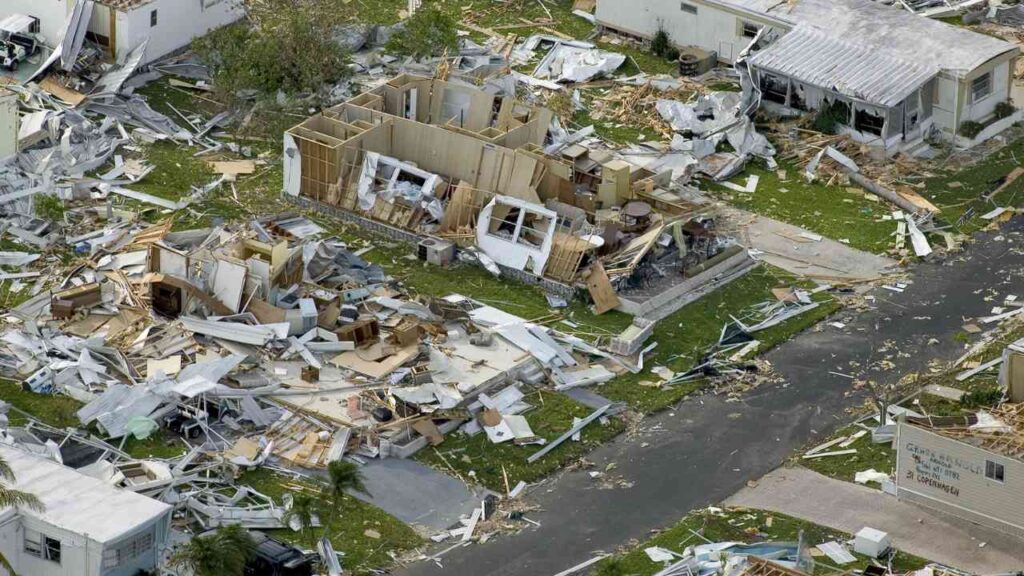
Building a Comprehensive Family Disaster Preparedness Plan
Creating a Family Disaster Preparedness Plan involves detailed steps to ensure safety during emergencies. Each step is essential to handle disasters effectively, reduce panic, and protect loved ones. Let’s break it down step by step:
Step 1: Assess Risks
The first step is understanding which disasters are most likely to occur in your area. For example, families in Florida should prepare for hurricanes, while those in California need earthquake readiness. According to FEMA, knowing your local hazards significantly improves survival chances during disasters.
How to Do It:
- Research using trusted resources like Ready.gov or FEMA’s hazard map.
- Pay attention to local news for updates on seasonal risks such as wildfires or floods.
- Consult local emergency management agencies for community-specific guidance.
Pro Tip: Include children in this research. Discuss the dangers they might face so they feel informed and prepared.
Table: Common U.S. Disasters by Region
| Region | Common Disasters |
| Southeast | Hurricanes, flooding |
| Midwest | Tornadoes, severe storms |
| West Coast | Earthquakes, wildfires |
| Northeast | Winter storms, flooding |
By assessing risks early, you can prepare your plan to address the most pressing dangers in your area.
Step 2: Create an Emergency Kit
An emergency kit is your lifeline during a disaster. FEMA recommends enough supplies to last at least 72 hours for each family member. Yet, many kits lack critical items like medications, pet supplies, or important documents.
What to Include:
Use a checklist to gather essentials. Consider the needs of babies, elderly family members, and pets. Revisit and update your kit every six months.
List: Critical Emergency Kit Additions
- Baby Supplies: Diapers, formula, wipes.
- Medications: Prescription medications, allergy remedies.
- Important Documents: Birth certificates, insurance policies, medical records.
Pro Tip: Store your kit in a durable, waterproof bag. Keep it in a location that’s easy to grab during an evacuation.
Step 3: Establish Communication Protocols
When disaster strikes, communication networks can fail, leaving families separated and without updates. A solid communication plan ensures everyone stays connected and informed.
How to Do It:
- Assign a family member to act as the primary communicator.
- Designate a safe meeting spot both near and far from your home.
- Write down emergency contacts, including local authorities and out-of-town relatives.
Backup Methods: Keep two-way radios, satellite phones, or even signal whistles as alternatives when phones aren’t working.
Pro Tip: Practice communicating during mock drills to identify gaps in the plan.
Step 4: Plan Evacuation Routes
Evacuation is critical when immediate action is required. A clear and practiced evacuation route saves precious time during disasters like fires or floods.
What to Do:
- Identify multiple routes to exit your home safely.
- Mark these routes with bright tape or signs for visibility.
- Clear obstacles regularly to ensure quick exits.
Table: Evacuation Route Tips
| Tip | Explanation |
| Mark Routes | Use brightly colored tape or signage to guide exits. |
| Multiple Exits | Have at least two escape routes from each room. |
| Accessibility | Ensure routes work for all family members, including pets and elderly. |
Pro Tip: Share your evacuation plan with neighbors to create a community-level support system.
Step 5: Secure Your Home
Securing your home reduces damage during disasters like hurricanes or tornadoes. The better your preparation, the faster your family can recover after an event.
How to Prepare:
- Reinforce doors and windows with storm shutters or plywood.
- Anchor heavy furniture to walls to prevent them from toppling.
- Install a generator to maintain power during outages.
Pro Tip: Trim trees and shrubs around your home to minimize damage from falling branches during storms.
By following these steps, you can build a comprehensive plan that ensures your family’s safety and minimizes the impact of disasters.

Misconceptions About Disaster Preparedness
Many families tend to overlook the importance of preparing for disasters, often underestimating the need for a Family Disaster Preparedness Plan. Let’s clear up some common misconceptions that can leave families unprepared when an emergency strikes.
1. “It Won’t Happen to Me”
This belief is one of the most common reasons families don’t prioritize disaster preparedness. Many think that they live in an area where disasters are rare, so they assume they won’t need a plan. However, as history shows, disasters can strike unexpectedly and affect anyone.
Fact:
In 2022 alone, the U.S. faced 18 separate billion-dollar weather disasters, according to NOAA (National Oceanic and Atmospheric Administration). This includes hurricanes, floods, tornadoes, and wildfires. That’s a clear indication that no region is immune.
Why It’s Important to Prepare:
Without a Family Disaster Preparedness Plan, you leave your family vulnerable. Even a small emergency can escalate into a major crisis if you’re not ready.
Pro Tip: Developing a plan today ensures you’re ready when the unexpected happens. Don’t wait for a warning.
2. “I Don’t Need a Plan; Help Will Come”
It’s easy to assume that help will arrive as soon as disaster strikes. However, emergency responders are often overwhelmed, and it could take days for assistance to reach you.
Fact:
During large-scale disasters like hurricanes or wildfires, emergency services are stretched thin, and it’s not uncommon for first responders to be unavailable for hours or even days.
Why You Need to Be Self-Reliant:
A Family Disaster Preparedness Plan ensures you have the supplies, communication, and strategy to take care of your family until help arrives. This plan can help you survive the first 72 hours, which are often the most critical.
Pro Tip: Build a self-sufficient emergency kit, and plan for the first 72 hours. Knowing what to do until help arrives could make all the difference.
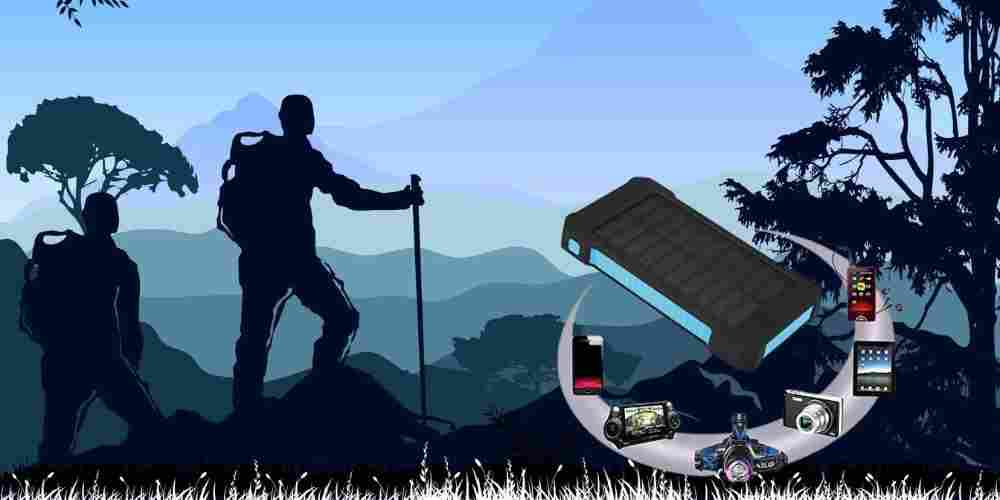
Additional Tools and Resources
A Family Disaster Preparedness Plan is essential for ensuring that all family members are prepared and able to respond quickly in an emergency. While traditional methods like emergency kits and communication plans are fundamental, incorporating modern tools and involving children in the process can further improve your preparedness.
1. Using Technology Wisely
While it’s essential not to rely completely on technology in an emergency, smart devices and apps can be helpful tools for supporting your Family Disaster Preparedness Plan. These apps can provide crucial information, send alerts, and help you stay connected during disasters.
Why It’s Helpful:
Technology can keep you updated on weather alerts, evacuation routes, and emergency instructions. It can also provide backup methods for communication if phone lines are down.
Must-Have Emergency Apps:
| App | Purpose |
| FEMA App | Provides emergency alerts, disaster resources, and evacuation routes. |
| Red Cross Emergency App | Offers first aid tips, disaster alerts, and tools to communicate with family members. |
| NOAA Weather Radar | Gives real-time weather updates, including warnings for storms and other natural disasters. |
Pro Tip: Make sure your phone is fully charged during emergencies, and store important information in your apps or cloud. It’s also a good idea to keep a portable charger in your emergency kit.
2. Involving Children in the Plan
Involving children in your Family Disaster Preparedness Plan is an effective way to reduce their fear during emergencies. When kids understand the plan and know what’s expected of them, they feel more secure and less anxious. Plus, it gives them a sense of responsibility, which can empower them in stressful situations.
Why It’s Important:
Children often panic in emergencies because they don’t know what’s happening or how to react. By including them in your preparation, you help them feel more confident and less afraid.
Age-Appropriate Tasks for Kids:
| Age Group | Tasks |
| 4–7 | Help pack their own emergency bag. |
| 8–12 | Learn and memorize family contact numbers. |
| 13+ | Assist in practicing evacuation plans and setting up communication methods. |
Pro Tip: Make learning fun! Turn practice drills into games so children stay engaged. Also, have them create their own emergency kits with items they like (e.g., toys, snacks, etc.) to make them feel more involved.
Final Thoughts
A Family Disaster Preparedness Plan is not just a checklist—it’s a vital lifeline that can make all the difference when an emergency strikes. From understanding local hazards to packing essential emergency kits, every step you take today will help ensure your family’s safety tomorrow. Avoiding common mistakes like procrastinating on planning or relying too heavily on technology is key to being truly prepared.
By creating a plan early, communicating effectively, and practicing regularly, you strengthen your ability to respond quickly and calmly when disaster happens. Furthermore, by involving your children in the preparation process and incorporating technology to stay updated, you make your Family Disaster Preparedness Plan even more effective.
The goal is to minimize panic, ensure clear communication, and have the resources necessary to weather any storm. Taking proactive steps now can lead to peace of mind for you and your loved ones, no matter what the future holds. Stay prepared, stay safe!
FAQs (Frequently Asked Ques)
FAQ Session 1
Creating a Family Disaster Preparedness Plan involves several steps. Start by assessing the risks specific to your area, such as hurricanes, earthquakes, or floods. Then, build an emergency kit with necessary supplies like food, water, and first aid items. Establish a communication plan for how your family will stay in touch if mobile networks fail. Next, identify multiple evacuation routes and assign roles to each family member. Regularly practice evacuation drills to ensure everyone knows what to do in an emergency.
A disaster preparedness checklist for families should include the following items:
1. Emergency kits with food, water, first aid, and medications.
2. A communication plan with contact information and meeting places.
3. Evacuation routes and plans.
4. Emergency contact numbers, including local authorities.
5. Important documents (insurance, IDs, medical records).
6. Pet supplies. Make sure your checklist is tailored to the unique needs of your family and updated regularly as part of your Family Disaster Preparedness Plan.
Examples of disaster preparedness plans include evacuation plans, communication strategies, and emergency supply checklists. For instance, a Family Disaster Preparedness Plan might specify a central meeting place outside the home in case of a fire, along with a list of important documents to grab before evacuating. It could also outline specific roles for each family member during a natural disaster like a hurricane or flood.
The 10 steps to disaster preparedness are:
1. Assess potential risks in your area.
2. Create a comprehensive Family Disaster Preparedness Plan.
3. Build an emergency supply kit.
4. Plan evacuation routes and backup routes.
5. Establish a communication plan with meeting points.
6. Teach family members how to use emergency tools.
7. Practice drills regularly.
8. Secure your home against potential threats.
9. Keep important documents in a safe, easily accessible location.
10. Stay informed through reliable sources like weather apps and local authorities.
The 5 P’s of preparedness are:
1. Plan – Create a Family Disaster Preparedness Plan tailored to your family’s needs.
2. Prepare – Build emergency kits, secure your home, and gather important documents.
3. Practice – Regularly practice evacuation routes, emergency drills, and communication strategies.
4. Preserve – Protect your important records and valuables.
5. Partner – Connect with neighbors, local authorities, and community resources to ensure support during an emergency.
FAQ Session 2
Ten essential items for an emergency kit include:-
Non-perishable food and water (1 gallon per person per day).
First aid supplies (bandages, antiseptics, and prescription medications).
Flashlights and extra batteries.
Multi-tool or Swiss army knife.
Blankets or sleeping bags.
Extra clothes for all family members.
Important documents (IDs, insurance policies).
Personal hygiene items (toothbrush, soap).
A portable phone charger.
Pet supplies (food, leashes, and carriers).
Disaster preparedness is crucial for families because it helps ensure their safety during emergencies. A well-crafted Family Disaster Preparedness Plan reduces panic, improves response time, and increases the chances of survival during disasters. Being prepared also means having access to emergency supplies, knowing how to communicate with loved ones, and understanding evacuation procedures.
To make a family plan, start by discussing potential emergencies with all family members. Identify risks specific to your area and tailor your Family Disaster Preparedness Plan to those threats. Set up clear communication protocols, establish evacuation routes, and designate meeting points. Assign roles to each family member to ensure everyone knows their responsibilities during an emergency.
Writing a disaster plan involves outlining actions to take before, during, and after a disaster. Start by identifying risks and assessing the needs of your family. Include steps for evacuating, communication strategies, and emergency contacts. Your Family Disaster Preparedness Plan should also have an inventory of emergency supplies, including food, water, and medical supplies.
For any emergency, a family should prepare by creating a comprehensive Family Disaster Preparedness Plan. Key elements to include are:
1. Emergency supplies (food, water, first aid kits).
2. Communication plans with backup methods for contact.
3. Evacuation routes and meeting points.
4. A list of important documents and emergency contacts. Families should also ensure that all members are familiar with the plan and practice drills regularly to stay prepared for various disaster scenarios.
Sources
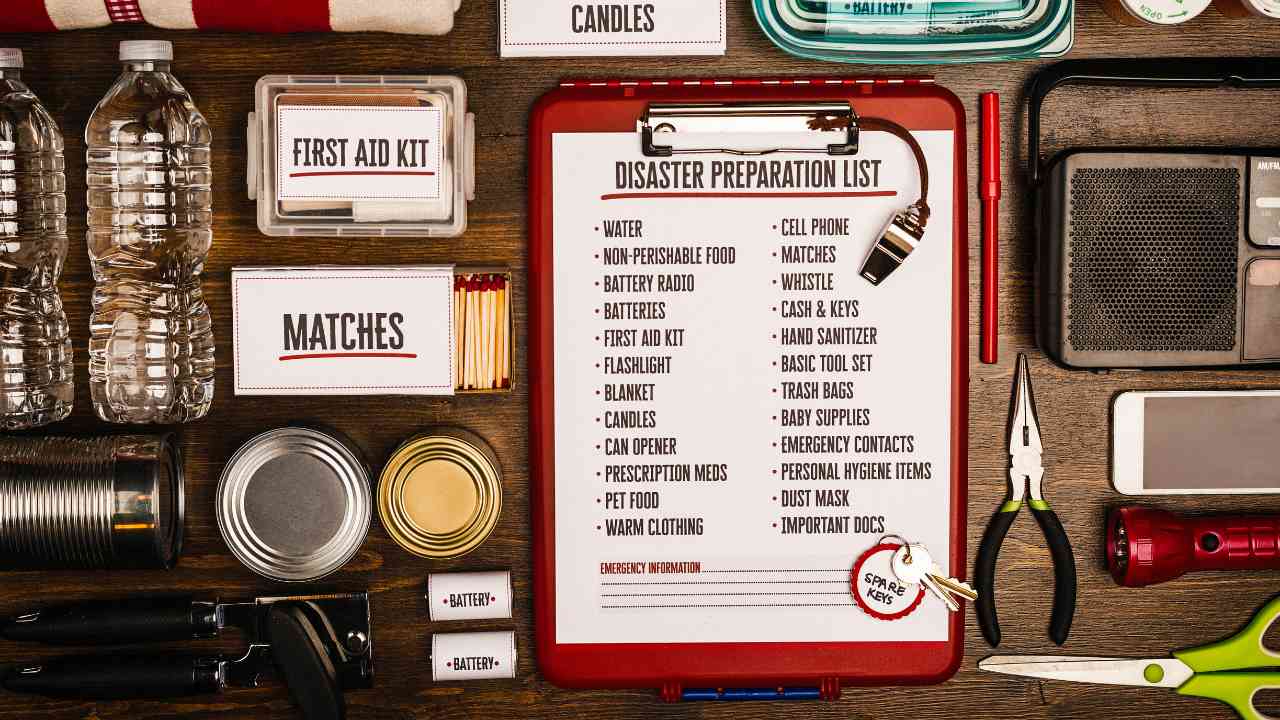
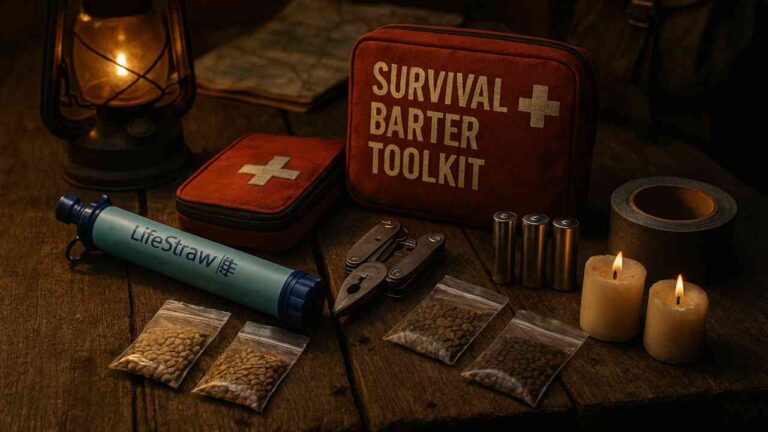
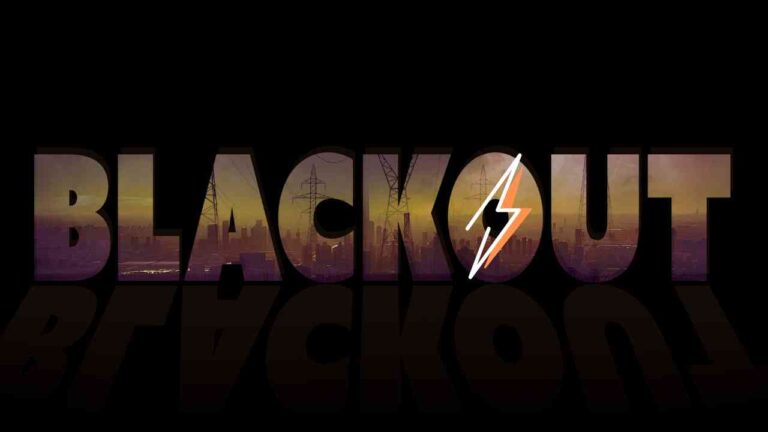
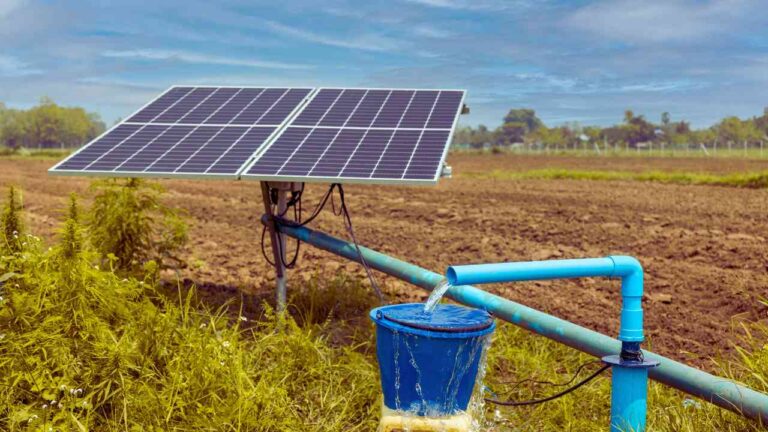



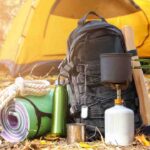
[…] own. This tool combines several functions in one compact device, making it useful for a variety of survival situations. Some essential tools included in a multi-tool […]